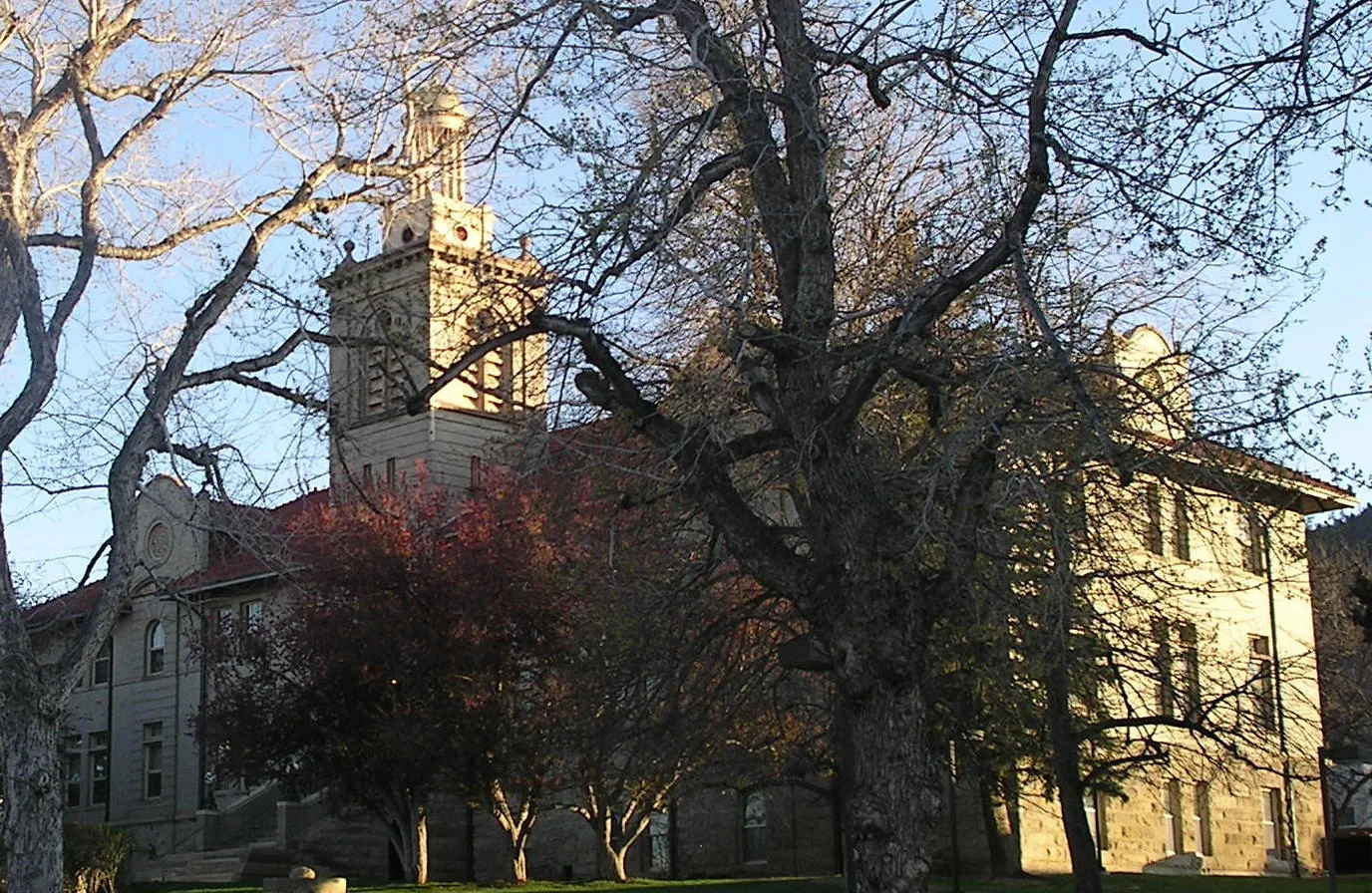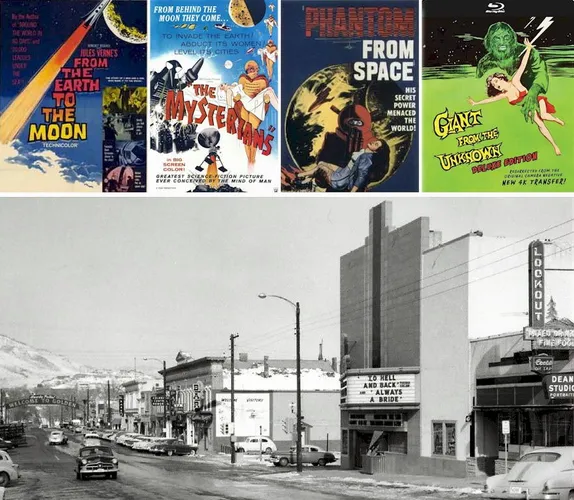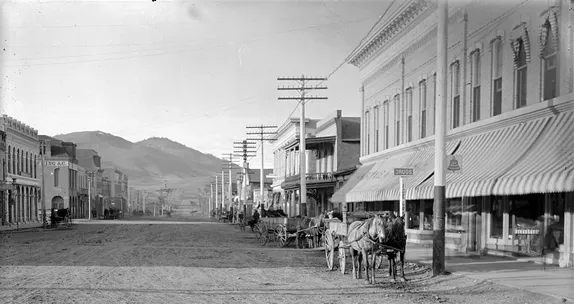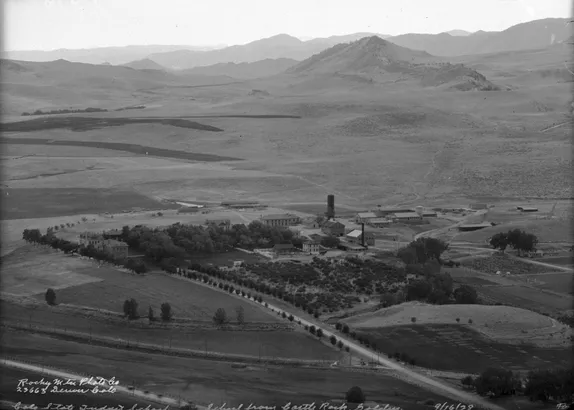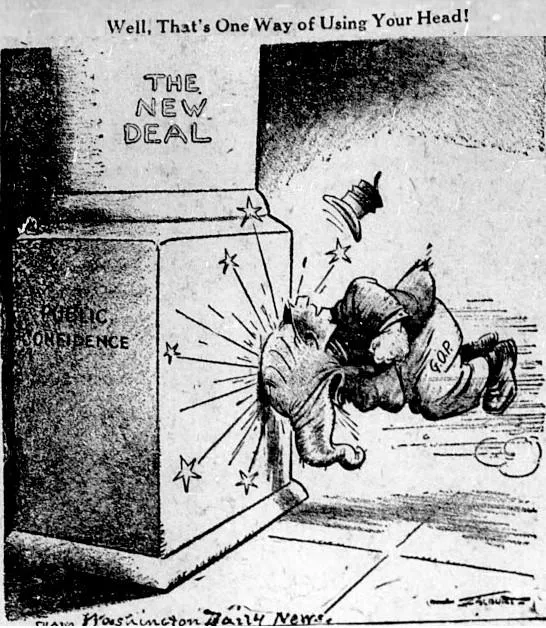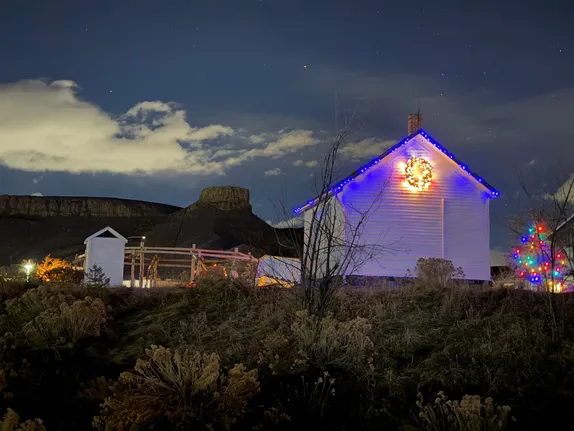In honor of Veterans Day, here’s the story of a Golden military hero, contributed by Golden City Councilor (and West Point graduate) Paul Haseman.
Military training was part of the Mines curriculum from the beginning with newspaperman and Civil War vet, George West, doubling as the Mines instructor in Military Tactics beginning in 1874. Mines carried forward this military training and in 1911 Mines President Alderson granted graduation credit for participation in Company A, Engineers, of the Colorado National Guard. With this background, Mines was one of the first four schools in America to institute an ROTC program with the first graduation in 1921.
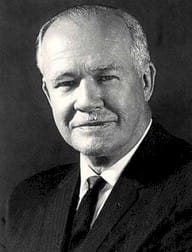
Taking advantage of this military training, Wendell Fertig, who was born and raised in La Junta, CO, graduated from Mines in 1924, taking an ROTC reserve Army commission as a Lieutenant in the Army Corps of Engineers. However, his “day” job was as a mining engineer with Kennecott Copper and later as superintendent of Shenandoah-Dives Mine near Silverton, one of the largest mines in Colorado at the time.
In 1936 Fertig moved to the Philippines, where he worked until June 1941 when he went on military active duty as a Captain. Following the invasion of the Philippines on 20 December 1941, Fertig oversaw the destruction of roads and bridges on large island of Mindanao having been quickly promoted to Lieutenant Colonel Fortunately, his wife, Mary, and two daughters were evacuated in January 1942 on the last ship to leave the Philippines.
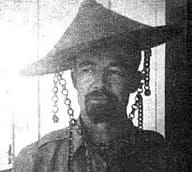
When US troops surrendered in on Mindanao in 1942, Fertig’s demolition duties had him away from the Army HQ. Surviving for several months in the jungle, Fertig determined to continue fighting and organized a small guerilla force. He had no supplies but was able to build a radio from various pieces along the walls of a room following directions for a radio kit (but no parts).
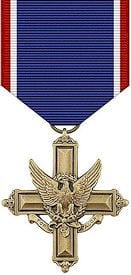
This very elementary radio finally was picked up by Radio Station KFS in San Francisco in January 1943. Army officials suspicious of treachery sought to confirm this unknown resistance force. Fertig, who was presumed dead, was asked the name and location of his first born. Answer back by Morse Code, “Patricia – Golden, Colorado.” With this verification, Gen MacArthur supported the resistance, which under Fertig’s jungle leadership from 1942 to 1945 grew to a 40,000-Filipino force. For his leadership and bravery, MacArthur awarded now Colonel Fertig the Distinguished Service Cross, the nation’s 2nd highest medal for bravery, in August 1943.
At the end of the war, Fertig, malnourished and ill, was hospitalized at Fitzsimmons Hospital for several months during which time he purchased a home near the Mines campus at 1020 16th St (now the site of the CoorsTek Center for Science and Engineering). Leaving the hospital in March 1947, Colonel Fertig was appointed Professor of Military Science & Tactics at Mines and in September 1950, Mines President John Vanderwilt appointed Fertig to the additional position as Assistant to the President, with offices in Guggenheim Hall.
Following additional military service in the Pentagon from 1951-1956, Fertig returned to Golden as a mining consultant and for 15 years from 1960 until his passing in 1975, he served as the Executive Secretary of the Mines Alumni Association.
As a real Mines and Golden hero, Fertig’s exploits are recorded in They Fought Alone by John Keats.
Thank you to Wendy Weiman for sponsoring Golden History Moments for the month of November.

